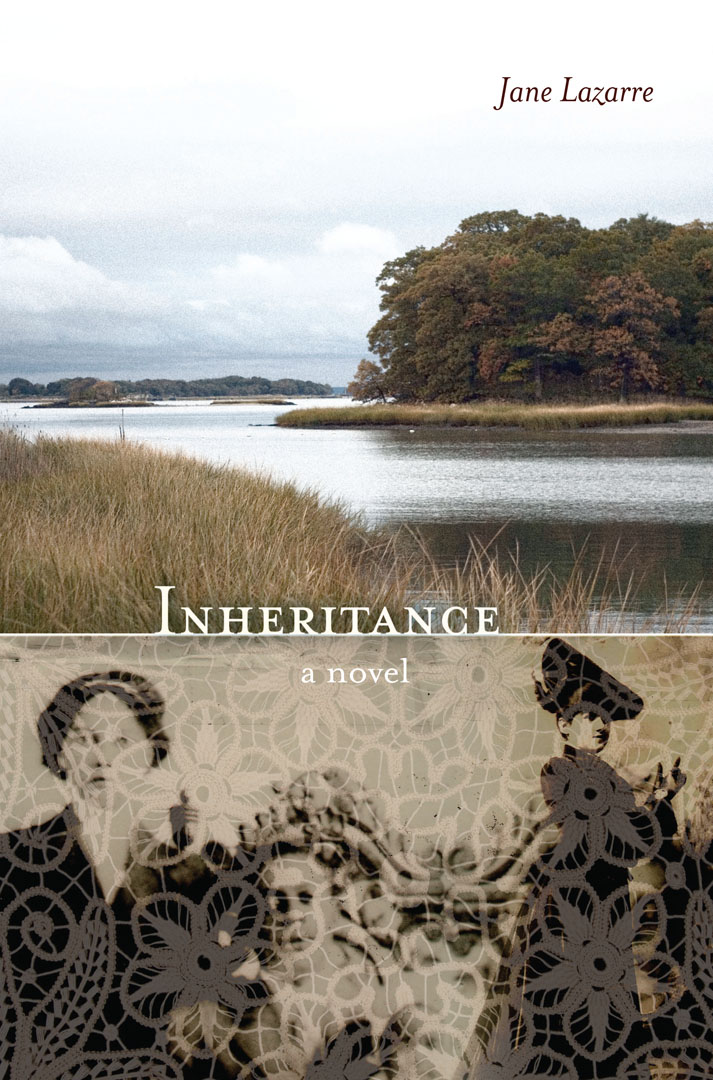Old Whine, New Vassals: Are Diaspora and Hybridity Postmodern Inventions?
Jayne O. Ifekwunigwe, Visiting Associate Professor of African and African American Studies
Duke University
Chapter in: New Ethnicities, Old Racisms? (pages 181-204)
Zed Books
May 1999
253 pages
ISBN-10: 185649652X; ISBN-13: 978-1856496520
Edited by:
Phil Cohen, Emeritus Professor
University of East London
The recent bag of re-poetics (recuperate, rewrite, transport, transform, and so forth) proffers the opportunity to confront many of the assumptions and confusions of identity I feel compelled to ‘reconfigure’. The site of this poetics for me, and many other multi-racial and multi-cultural writers, is the hyphen, that marked (or unmarked) space that both binds and divides… a crucial location for working out the ambivalences of hybridity… In order to actualize this hybridity … the hybrid writer must necessarily develop instruments of disturbance, dislocation and displacement. (Wah 1996:60)
In the past six years or so, Wah’s literary summons has been answered by a virtual flourishing of North American (Canada and the United States) texts in the forms of websites, fiction, poetry, autobiographies, biographies, and academic texts by ‘mixed-race’ writers who are overwhelmingly middle-class and either academics or students. On the other hand, there have been relatively few books in England during this period by ‘mixed-race’ writers about ‘mixed-race’ identity politics. These countries’ different historical legacies vis-à-vis immigrant and indigenous communities might explain this discrepancy: ‘While the United States is a country of immigrants where ethnic diversity is constitutive of the society, British society has aspired and continues to aspire to monoculturalism: the people of the empire have no claim on British territory’ (LaForest 1996: 116). In a more profound way than in the United States and Canada, the rigidity of the class structure in Britain also limits the extent to which ‘hybrid’ writers are recognised, published, marketed and received (Sabu 1998). However, Friedman would argue that on both sides of the Atlantic a ‘hybrid’ identity is not accessible to the poor: ‘The urban poor, ethnically mixed ghetto is an arena that does not immediately cater to the construction of explicitly new hybrid identities. In periods of global stability and/or expansion, the problems of survival are more closely related to territory and to creating secure life spaces* (Friedman 1997: 84).
My fundamental contention is that as socio-cultural and political critiques, fluid contemporary métis(se)A narratives of gendered identities engage with, challenge and yet have been muffled by two competing racialised, essentialised and oppositional dominant discourses in England. The first is the territorialised discourse of ‘English nationalism, based on indigeneity and mythical purity. That is, ‘Englishness’ is synonymous with ‘whiteness’:
something to do with an elusive but powerful sense of one’s own Englishness and what that means in terms of belonging. The notion of the collective unconscious, after all, suggests the unity of thosewho partake of the racial memory at the same time as it defines the ‘other’. The ‘other’ is everybody else. (Maja-Pearce 1990: 132).
The second is the deterritorialised discourse of the English African diaspora which is predicated on (mis)placement and the one-drop rule: that is, all Africans have been dispersed and one known African ancestor designates a person as ‘black’. For example, Paul Gilroy’s configuration of the ‘Black Atlantic’ is based on compulsory blackness and displacement:
The black Atlantic, my own provisional attempt to figure a deterritorialised multiplex and anti-national basis for the affinity or “identity of passions’ between diverse black populations, took shape in making sense of sentiments like these which are not always congruent with the contemporary forms assumed by black political culture. (Gilroy 1996: 18)
On the other hand, Avtar Brah’s formulation of ‘diaspora space’ speaks to an ‘entanglement of genealogies of dispersion with those of ‘staying put’ (Brah 1996: 181). Although Brah’s model recognises the forged dialectical relationship between settlers and indigenous communities, her conceptualisation is still both racialised and binary rather than fluid. ‘Migrants and their descendants’ (black) have been dispersed. The ‘English’ (white) are ‘natives’ (Brah 1996: 181). As a result, like Gilroy, Brah has not created conceptual space for méttis(se) individuals for whom by virtue of both English and diasporic parentage, ‘home’ is de/territorialised (Pieterse 1995)- As such, ‘home’ represents an ambivalent bi-racialised sense of both territorialised place—England—and de-territorialised diasporic longings. Their family histories are braided from the gendered, bi-racialised and sexualised residues of imperial domination and colonised submission (Young 1995; Lavie et al 1996; Fanon 1967).
I want to illustrate the ways in which, as we hobble towards the new millennium, métis(se) declarations delimit and transgress bi-racialised discourses and point the way towards a profound realignment of thinking about ‘race’, ethnicity and ‘English’ identity. This chapter engages with notions of biological and cultural hybridities as articulated in nineteenth-and twentieth-century discourses on ‘race’ and identities. I have divided the chapter into three sections. First, I trace the origins of the term hybridity back to its problematic beginnings in ninteenth-century ‘race’ science, and especially evolutionary anthropology. Second, I critique contemporary cultural theorising on hybridities which reframes ‘race’ as difference(s). Third, the testimonies of contemporary métisse women provide necessary context and content for my discussions of continuities between theories predicated on so-called biological ‘race’ science and ‘postmodernist’ cultural explanations. These autobiographical examples illustrate that the older construct of hybridity as a biological ‘grafting’ of so-called different ‘races’ is continuous with its contemporary redefinition as cultural heterogeneity, fragmentation and diaspora(s)…
Read the entire chapter here.

